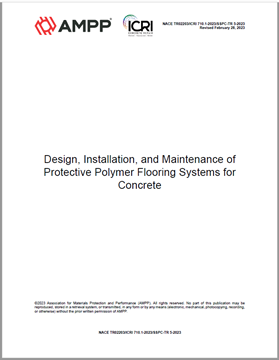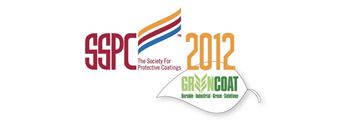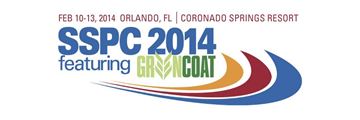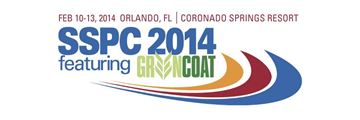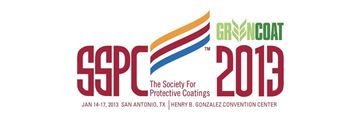Search
Products tagged with 'moisture'
View as
Sort by
Display
per page
NACE TR02203-ICRI Technical Guideline 710.1-SSPC-TR 5-2023
Product Number:
NACE TR02203-ICRI Technical Guideline 710.1-SSPC-TR 5-2023
Publication Date:
2023
$109.00
New Developments in Aliphatic Polyurea Coatings
Product Number:
41212-720-SG
Publication Date:
2012
$20.00
Preparation of Concrete for Rapid Coating Application
Product Number:
41214-822-SG
Publication Date:
2014
$20.00
Test Method Development for Improved Laboratory Accelerated Weathering of High Performance Coatings
Product Number:
41213-803-SG
Publication Date:
2013
$20.00
The Four “W’s” of Dehumidification; Why, What, When, and Where
Product Number:
41206-233-SG
Publication Date:
2006
$20.00
To Dry, or Not to Dry That is the Question
Product Number:
41205-207-SG
Publication Date:
2005
$20.00
Using Dehumidification to Dry a Concrete Slab Prior to Coating
Product Number:
41206-222-SG
Publication Date:
2006
$20.00
Utilizing Polymer Technology to Avoid Moisture Problems
Product Number:
41206-237-SG
Publication Date:
2006
$20.00
Waiting for the Concrete to Dry: Waiting for the concrete to dry at Johnston Memorial medial building in Arlington, VA.
Product Number:
41212-708-SG
Publication Date:
2012
$20.00

